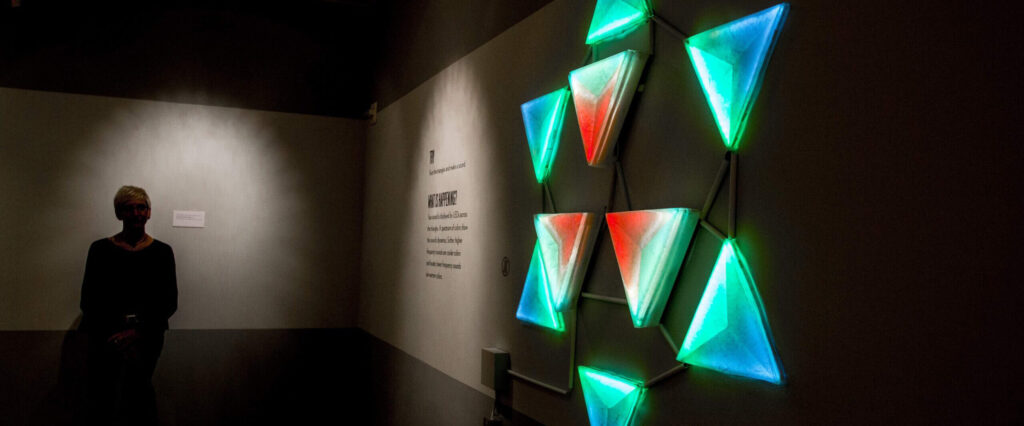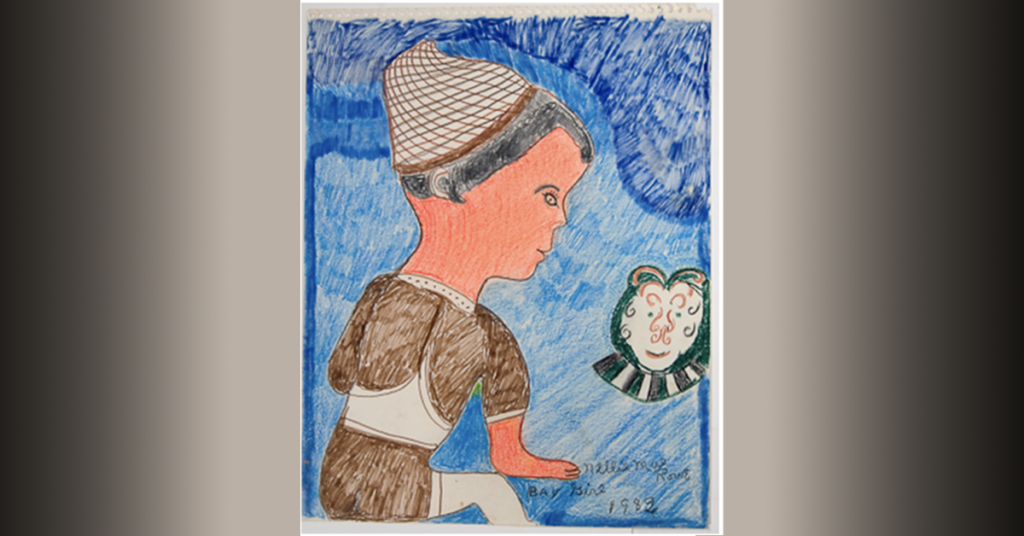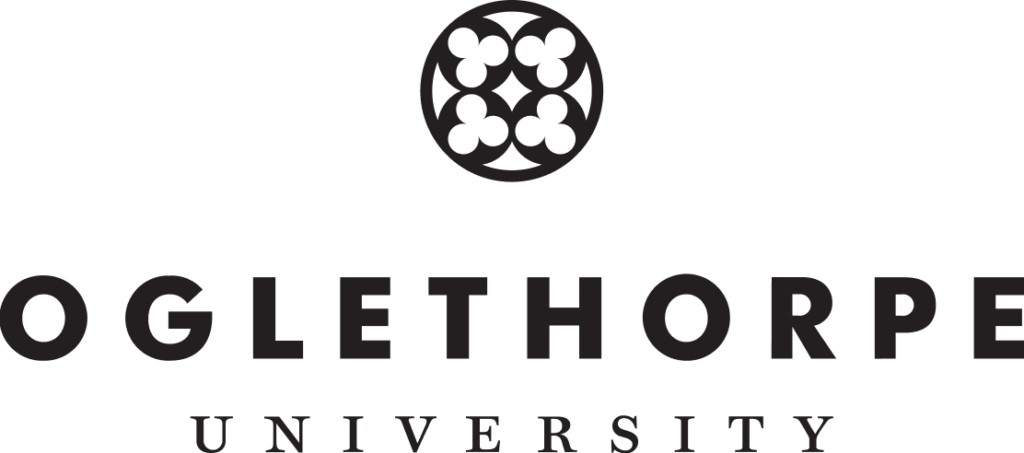- OFFERED AS
- PROGRAM TYPE
Choose a career where art, science and communication meet.
Exciting discoveries in the fields of science and technology are happening every day. Nanotechnology advances are producing new materials with expectation-defying qualities. Biomedical breakthroughs are facilitating drug discoveries that save lives. Gene-mapping and gene-editing, climate change, and planetary discoveries are transforming our world — and the role we play in it.
In this fascinating and fast-changing landscape, effective science communication is essential. Scientists and researchers need to share their findings with the public. And the public needs information so they can understand, assess, and participate.
Medical illustrators (also called scientific illustrators) play an important role. As the old saying goes, a picture is worth a thousand words; an expertly rendered illustration or animation can convey immediate understanding of high-level concepts in a way an article can’t.
Medical illustrators are problem-solvers and master communicators, bridging the gap between a specialized researcher and a curious layperson. Their training includes education in art, design, science and technology. Luckily, Oglethorpe is a place where this sort of interdisciplinary exploration thrives (after all, one of our biggest annual events is the Liberal Arts & Sciences Symposium).
Oglethorpe’s Medical and Scientific Illustration Track is designed to help students…
- Achieve a solid foundation in the natural sciences, imparting the tools to understand and interpret complex scientific and technological ideas.
- Explore the aesthetic concepts and technical skills of visual art in a variety of media, including drawing, painting and digital art.
- Learn to draw the human body from both an aesthetic and scientific perspective.
- Master human anatomy, including form and function of skeletal and muscular systems.
You can tailor the Medical and Scientific Illustration track to your specific focus and career goals — whether you’re more interested in chemistry or biology, traditional illustration or computer animation.
-
Hands-on Learning
-
Career Opportunities
-
Degree Requirements & Courses
Students on this track are most prepared to move on to a scientific or medical illustration program in graduate school. Anatomy for the Artist and Figure Drawing are two of our unique course offerings that combine studio and lecture approaches to foster student understanding of the form and functions of the human body. Students will apply class lectures to drawing and sculpting from the skeleton and the life model.
- Oglethorpe University Museum of Art (OUMA) regularly hosts multimedia events that bridge the gap between art and science, with fascinating results — and great learning opportunities for students like you. In 2014, OPTIC CHIASM: The Crossing Over of Art and Science opened at OUMA, exploring “the art of vision and science of sight.” The exhibit brought together contemporary art exploring issues of vision in various media and new research on vision and optics conducted by scientists from Georgia universities and institutions. At the same time, the museum hosted BLIND/SIGHT, a dual exhibition of photography and illustration that explored sight after vision loss. The opening weekend included relevant lectures such as “Art-Science in America: Building Up STEAM” by Nancy Lowe, director of Symbiosis Art+Science Alliance.
- In 2016, OUMA exhibited a collection of posters created by students from Yale School of Public Health and Yale School of Art, a collaboration designed to bring together science knowledge and artistic inspiration. The creative, thought-provoking posters raised awareness on issues like skin cancer, breast cancer screening and autism. In conjunction with the poster show, OUMA hosted a lecture on “The Art of Public Health,” led by a panel of experts.
- With the Yale exhibit as inspiration, Oglethorpe students in classes on Genetically Modified Organisms and Cancer Biology launched their own projects to create posters with public health messages tailored to the needs of the Oglethorpe community. Some posters focused on positive topics like the benefits of walking on campus or healthful eating; others warned about the dangers of secondhand smoke or texting while driving. The finished posters were displayed at the Liberal Arts and Sciences Symposium.
Medical illustrators educate and inform the public on important concepts in science, medicine, and technology. In your career as a medical illustrator, your work will help…
- scientists explain the importance of their findings
- hospitals communicate effectively with their patients
- pharmaceutical companies provide education on life-saving drugs
- students learn scientific concepts
Medical illustrators find employment at textbook publishers, professional journals, medical schools, hospitals and clinics, advertising and communication agencies, and research centers. According to the Association of Medical Illustrators, about one third of medical illustrators are self-employed. If the idea of choosing your own projects and setting your own hours appeals to you, medical illustration might be a good career path!
In the field of medical illustration, Nobles Green (’03) is Oglethorpe’s star alum. After graduating from Oglethorpe, Green earned a masters of science from Georgia Regents University, one of a handful of graduate programs for medical illustration in the U.S. Green is now an award-winning senior medical animator for Nucleus Medical Media; his work has been used by McGraw-Hill (a well-known publisher), WebMD, and national television programs.
An active member of the Association of Medical Illustrators, Green has spoken at Oglethorpe about his love for his career. His enthusiasm inspired other students to follow in his path, including Sarah Duff (’12) who also worked for Nucleus Medical Media. Duff is now the Marketing Content Manager for FusionHealth, a sleep health technology company. Another Oglethorpe graduate, Zachary Kevorkian (’13), now works for Nucleus Medical Media as a production assistant.
See degree requirements and course descriptions in the University Bulletin.
ACADEMIC EXCELLENCE AND PERSONAL CONNECTION
Latest News
- Arts & Culture, Featured
- Arts & Culture, Featured, Giving





